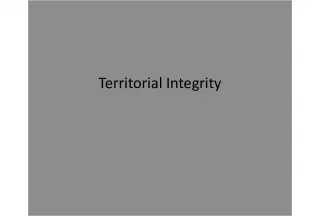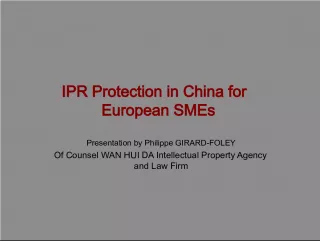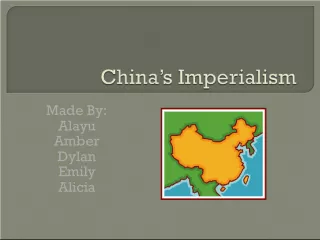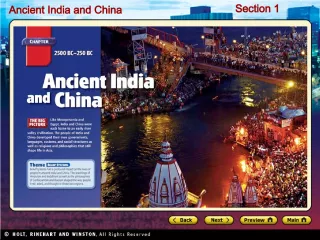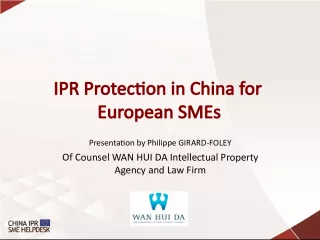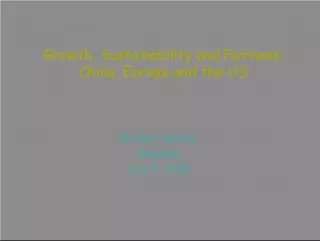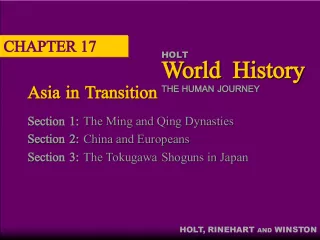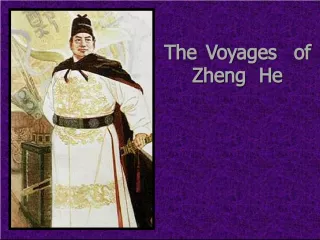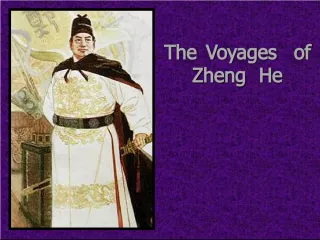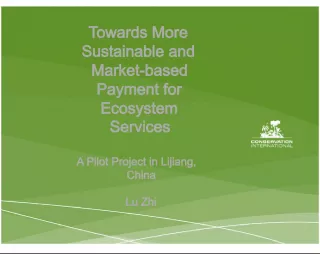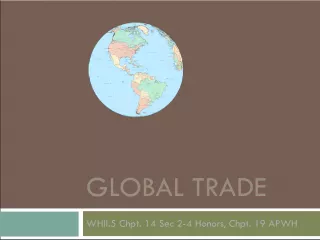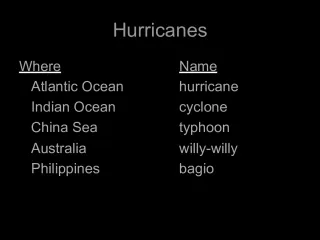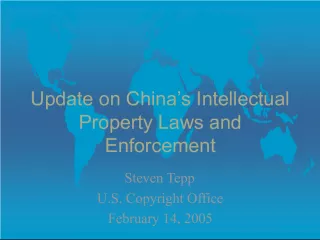China and the Opium War
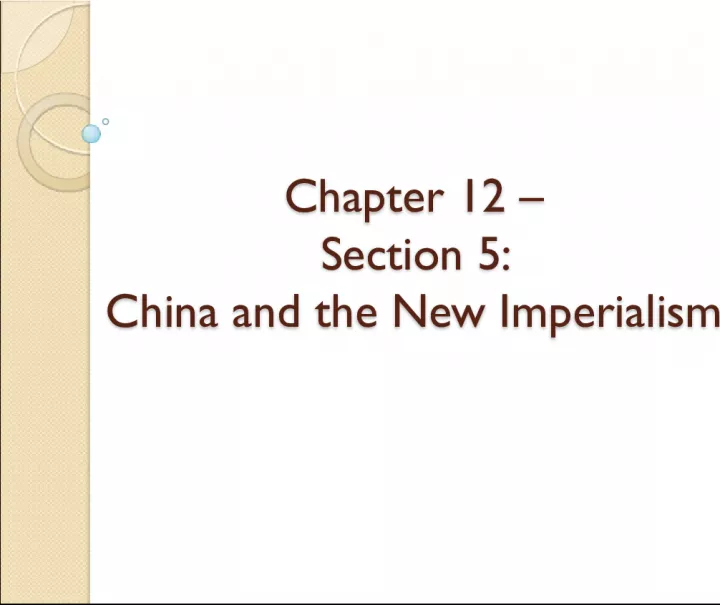

This passage talks about the trade between Europe and China, specifically the opium trade that led to the Opium War. China traded silk, porcelain, and tea while Europe gave gold, silver, and opium.
- Uploaded on | 0 Views
-
 heidilarson
heidilarson
About China and the Opium War
PowerPoint presentation about 'China and the Opium War'. This presentation describes the topic on This passage talks about the trade between Europe and China, specifically the opium trade that led to the Opium War. China traded silk, porcelain, and tea while Europe gave gold, silver, and opium.. The key topics included in this slideshow are China, Europe, trade, Opium War, addiction,. Download this presentation absolutely free.
Presentation Transcript
1. Chapter 12 Section 5: China and the New Imperialism Chapter 12 Section 5: China and the New Imperialism
2. What did Europe and China trade? China traded silk, porcelain, tea Europeans gave gold, silver, opium
4. What was the Opium War? Causes British grew opium in India and traded to China for tea many Chinese became addicted China use silver to pay for opium hurt economy Chinese govt tried to ban opium, but Britain claimed free trade Chinese complained because opium was illegal in Britain, but still sold 1839 war Britain easily won
5. Results 1842 Treaty of Nanjing China paid indemnity payment of losses in war Britain received Hong Kong China opened up 5 ports to foreign trade British citizens in China got extraterritoriality the right to live under own laws and be tried in own courts one of several unequal treaties that forced China to make concessions to western powers
8. What was the Taiping Rebellion? 1850-1864 peasants rebelled against poverty and misery leader Hong Xiuquan wanted Heavenly Kingdom of Great Peace won control of some parts of China and almost took over Qing dynasty
9. How did China begin to reform? Self-Strengthening Movement 1860s reformers imported western technology made factories developed shipyards, railroads, mining, industry translated western works not supported by govt little progress
10. War with Japan 1868 Japan began to modernize and join imperialism 1894 Sino-Japanese War (China vs. Japan) Japan won and gained Taiwan showed Chinas weakness
11. Spheres of Influence an area where outside power has exclusive investment and trading rights after Chinas loss to Japan, western powers moved to carve out spheres of influence U.S. did not but wanted to trade Open Door Policy
12. What was the Boxer Rebellion? Causes 1899 secret society Righteous Harmonious Fists (used martial arts called Boxers wanted to get rid of foreigners in China 1900 Boxers attacked foreigners western powers and Japan made multinational force and crushed revolt
14. Results / Effects with defeat China had to make concessions China realized need to westernize New Reforms: women allowed to attend school taught science and math expanded economy nationalism spread
15. Who was Sun Yat-sen (Sun Yixian)? Chinese nationalist who studied in West made Revolutionary Alliance Goal: rebuild China on Three Principles of the People Nationalism Democracy Livelihood economic security Chinese Revolution 1910-1911 1911 became president of new Chinese Republic
16. Sun Yat-sen
